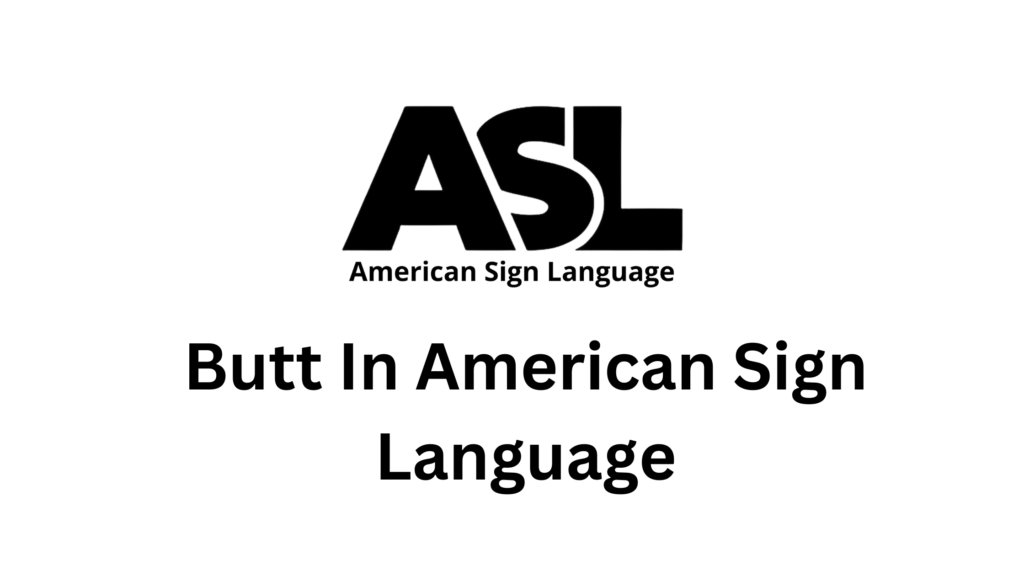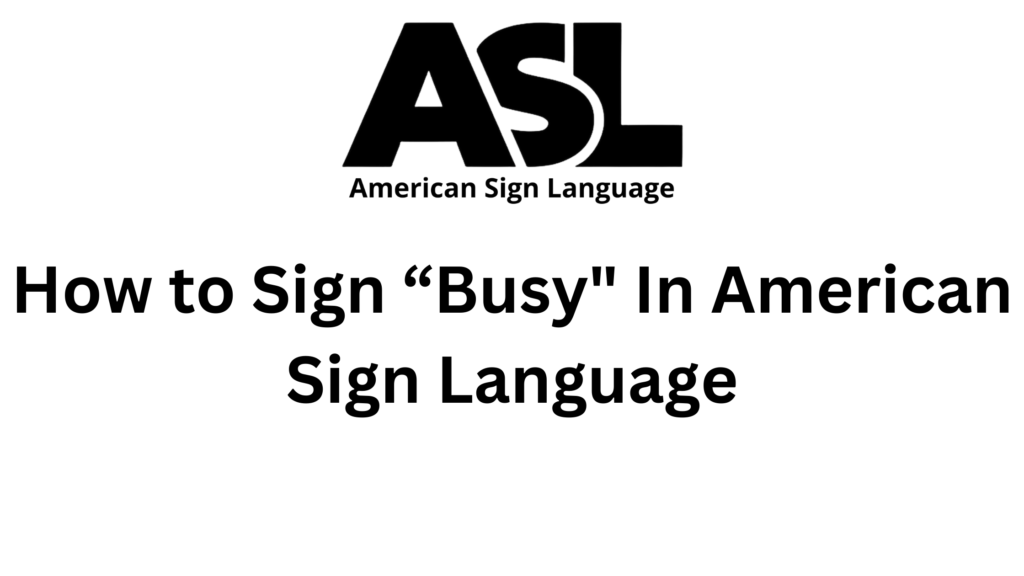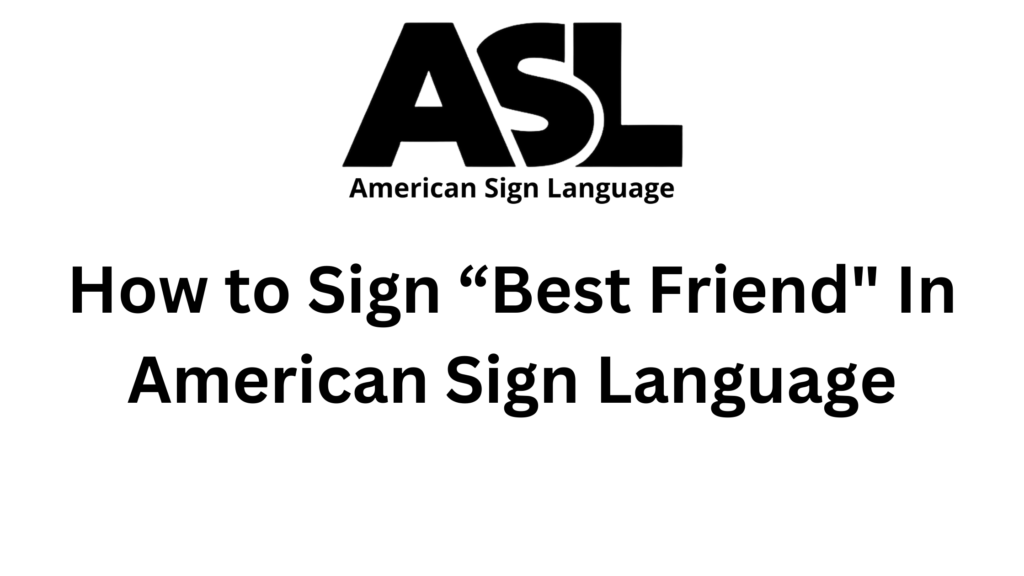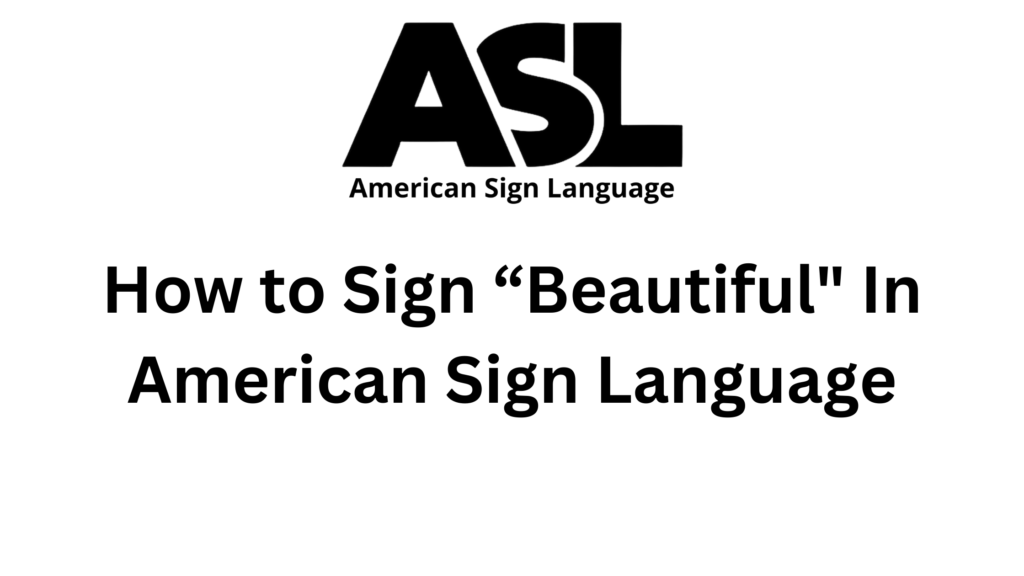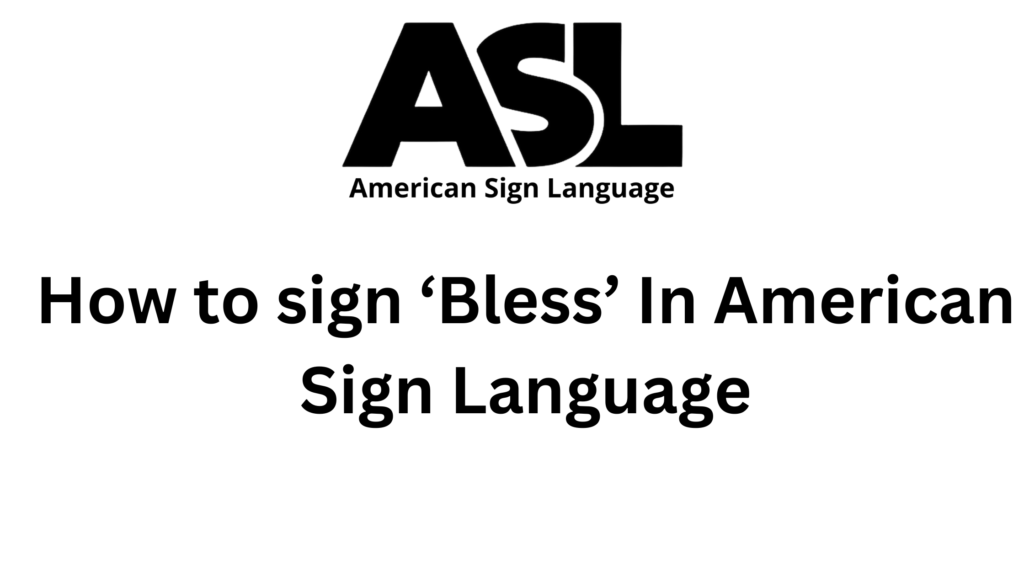Introduction to “Border” in ASL
American Sign Language (ASL) is a rich and expressive language used by the Deaf and hard-of-hearing communities. Every sign has its own unique structure and movement, allowing people to communicate clearly and effectively. One of the signs you may want to learn is “border.” This term can refer to a physical boundary, like a country’s edge, or a conceptual one, like a limit or division.
In this guide, we will explore how to sign “border” in ASL. We will cover the handshape, movement, facial expressions, and cultural considerations. Whether you are a beginner or looking to improve your ASL skills, this step-by-step guide will help you understand and practice this sign.
Basic Handshape and Orientation of “Border”
The first step to signing “border” in ASL is understanding its basic handshape and orientation. Here is what you need to know:
- Handshape: Use both hands in the “flat B” handshape. This means your fingers are together and extended, with your thumb resting against your palm.
- Orientation: Both hands should face each other with palms slightly tilted outward.
- Positioning: Hold your hands at chest level, about shoulder-width apart. This position sets the stage for the movement required to complete the sign.
The handshape and orientation are foundational. Getting them right is essential for clear communication.
Step-by-Step Signing Instructions for “Border”
Now that you know the handshape, let’s break down the steps to sign “border.”
- Start with Your Hands Ready: Hold both hands in the “flat B” handshape at chest level, palms facing slightly outward toward each other.
- Create the Border: Move your hands outward in opposite directions, tracing an invisible horizontal line in the air. This movement represents the concept of a boundary or edge.
- Pause at the Ends: Once your hands reach a comfortable distance apart, pause briefly to emphasize the completion of the sign.
- Repeat if Necessary: If the context requires, you can repeat the sign to clarify or emphasize the concept.
These steps are simple and easy to practice. Focus on smooth and controlled movements to make the sign clear.
Facial Expressions and Non-Manual Markers for “Border”
Facial expressions and non-manual markers (NMMs) play an important role in ASL. They add meaning and emotion to signs, making communication more effective.
When signing “border,” you might use these expressions:
- Neutral Expression: Use a neutral or slightly serious expression to indicate a factual boundary.
- Raised Eyebrows: Raise your eyebrows if you’re asking a question about a border.
- Head Tilt: A slight head tilt can show curiosity or emphasis, depending on the context.
Remember, facial expressions are as important as the hand movements. They help convey the full meaning of your message.
Common Variations and Regional Differences for “Border” Sign Language
ASL, like any language, has regional and individual variations. Some signs may differ slightly depending on where you are or who you are communicating with. Here are a few possible variations for the sign “border”:
- Arcing Movement: In some regions, people use an arcing movement instead of a straight horizontal line to represent a border.
- Single-Hand Variation: Occasionally, a single hand may be used to outline a boundary in a smaller context.
- Contextual Additions: Some people combine the sign for “border” with other signs to specify a type of boundary, like a state border or a personal boundary.
When learning ASL, it’s helpful to observe native signers and ask about regional differences. This ensures you use the most appropriate variation for your context.
Practicing and Politeness for “Border” Sign Language
Practice is key to mastering any sign. Here are some tips for practicing the sign “border”:
- Repetition: Practice signing “border” repeatedly until the movements feel natural.
- Mirror Practice: Use a mirror to check your handshape, orientation, and facial expressions.
- Feedback: Practice with a fluent ASL user and ask for feedback on your technique.
In addition, being polite and respectful is crucial when communicating in ASL. Pay attention to cultural norms, such as:
- Maintaining eye contact while signing.
- Avoiding exaggerated movements that could confuse your message.
- Being patient and open to corrections.
Using “Border” in Everyday Situations
Knowing how to sign “border” is useful in various situations. Here are some examples:
- Geographical Conversations: Use the sign when discussing countries, states, or physical boundaries.
- Example: “The border between the U.S. and Canada is very long.”
- Personal Boundaries: Communicate about limits in social or personal contexts.
- Example: “I need to set a border to protect my privacy.”
- Art or Design: Describe borders in creative projects like drawings or decorations.
- Example: “The border around the picture is very colorful.”
Incorporating this sign into your daily conversations will help reinforce your skills and confidence.
Additional Signs for “Border”
To enhance your ASL vocabulary, consider learning related signs that often appear with “border.”
- Country: Use the dominant hand in the “C” handshape, circling near the opposite elbow.
- Line: Trace a straight line in the air with the index finger of your dominant hand.
- Boundary: Combine the signs for “line” and “limit.”
- Limit: Use flat hands to show an imaginary stopping point.
Expanding your vocabulary helps you communicate more complex ideas effectively.
Cultural Considerations of “Border” in ASL
ASL is deeply connected to Deaf culture. Understanding cultural considerations enhances your communication skills and fosters respect for the Deaf community. Here are a few things to keep in mind:
- Direct Communication: Deaf culture values direct and clear communication. When signing “border,” ensure your movements are precise.
- Context Matters: The meaning of “border” can vary depending on the situation. Be aware of the context to ensure your message is understood.
- Respect Regional Variations: Recognize that signs may differ based on location or community. Be open to learning and adapting.
Conclusion of “Border”
Learning to sign “border” in ASL is a valuable skill that expands your ability to communicate about boundaries and limits. By following this guide, you can master the handshape, movement, and expressions needed for this sign. Practice regularly, respect cultural nuances, and explore related signs to deepen your understanding.
For more tips and resources on ASL, visit our homepage at Sign Language American.

